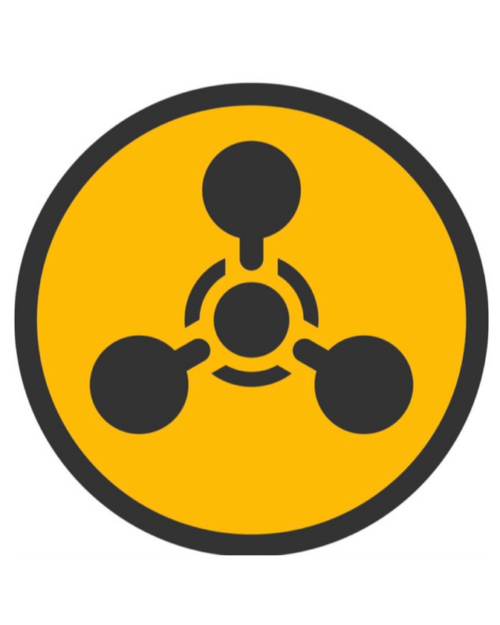April 21, 2023

By: AEOP Membership Council Member Zachary Kim
While there are several categories of chemical weapons, nerve agents are the most toxic and lethal. Nerve agent chemical weapons, such as sarin, soman and VX, account for 300,000 deaths per year.
A single drop of these agents can inhibit the proper functioning of the enzyme acetylcholinesterase in the human body, which limits and regulates the amount of chemical signaling that occurs at nerve endings. A deficiency in properly functioning acetylcholinesterase enzymes creates chemical signaling overload in organs and tissues, leading to the paralyzation of muscles like the heart, failure of the respiratory system and death. Thus, it is no wonder scientists have spent much effort trying to find ways to counteract these deadly weapons. More recently, scientists have begun to look to genetic editing technologies.
In an experiment conducted by the United States Army Medical Research Institute of Chemical Defense in 2020, scientists discovered that a single CRISPR gene can be used to block the effects of nerve agents. They created a preventative gene treatment that delivers the gene coding for a variant of the nerve agent scavenger paraoxonase 1 gene (PON1). When administered systemically into mice, this injected gene was able to target liver cells and cause the organ to produce a protective enzyme that worked to block the effects of the nerve agent on acetylcholinesterase. These protective enzymes stayed in the bloodstream of the subjects for the entire 5-month study and gave the subjects long-lasting protection against various types of nerve agents without exhibiting any harm, allowing the mice to survive multiple injections of typically lethal doses of nerve agents. The findings imply that gene therapy may be an effective alternative as a preventative measure in those who are in danger of exposure to nerve agents, such as military personnel in conflict areas.
It is not unreasonable to think that this technology could, in the near future, become advanced enough to be used in humans. Researchers and scientists will ultimately work towards making the benefits of this technology more permanent than they are in the current day preliminary mice experiments.
But, if it were possible to have a gene editing technology that could protect us, would we opt for a world that had such a technology? Analyzing such an idea from the standpoint of an individual, there seems little danger in providing human beings with therapy against potential harm. Yet, when we zoom the lens out a bit and look at the implications from a more global perspective, the picture becomes far less clear. Chemical weapons paired with genome editing technology have the potential to open the floodgates to proliferation, push the most powerful nations into an arms race, and expose developing countries to even greater inequality and danger just as nuclear weapons have. As technology becomes more and more advanced, the question of whether its potential benefits will outweigh the potential repercussions becomes more and more relevant.
References:
Betapudi, Venkaiah, et al. “Gene Therapy Delivering a Paraoxonase 1 Variant Offers Long-Term Prophylactic Protection against Nerve Agents in Mice.” Science Translational Medicine, American Association for the Advancement of Science, 22 Jan. 2020, https://www.science.org/doi/10.1126/scitranslmed.aay0356.
Figueiredo, Taiza H et al. “Acute and long-term consequences of exposure to organophosphate nerve agents in humans.” Epilepsia vol. 59 Suppl 2,Suppl 2 (2018): 92-99. doi:10.1111/epi.14500.
Find a Volunteering Opportunity
Visit our Program Volunteers page for a tool to find the best opportunity for you.
eCYBERMISSION Mini-Grant
The eCYBERMISSION Mini-Grant is intended to support teachers/program leaders as they implement eCYBERMISSION with their teams. Educators (formal and informal) of students in grades 6-9 are encouraged to apply.
